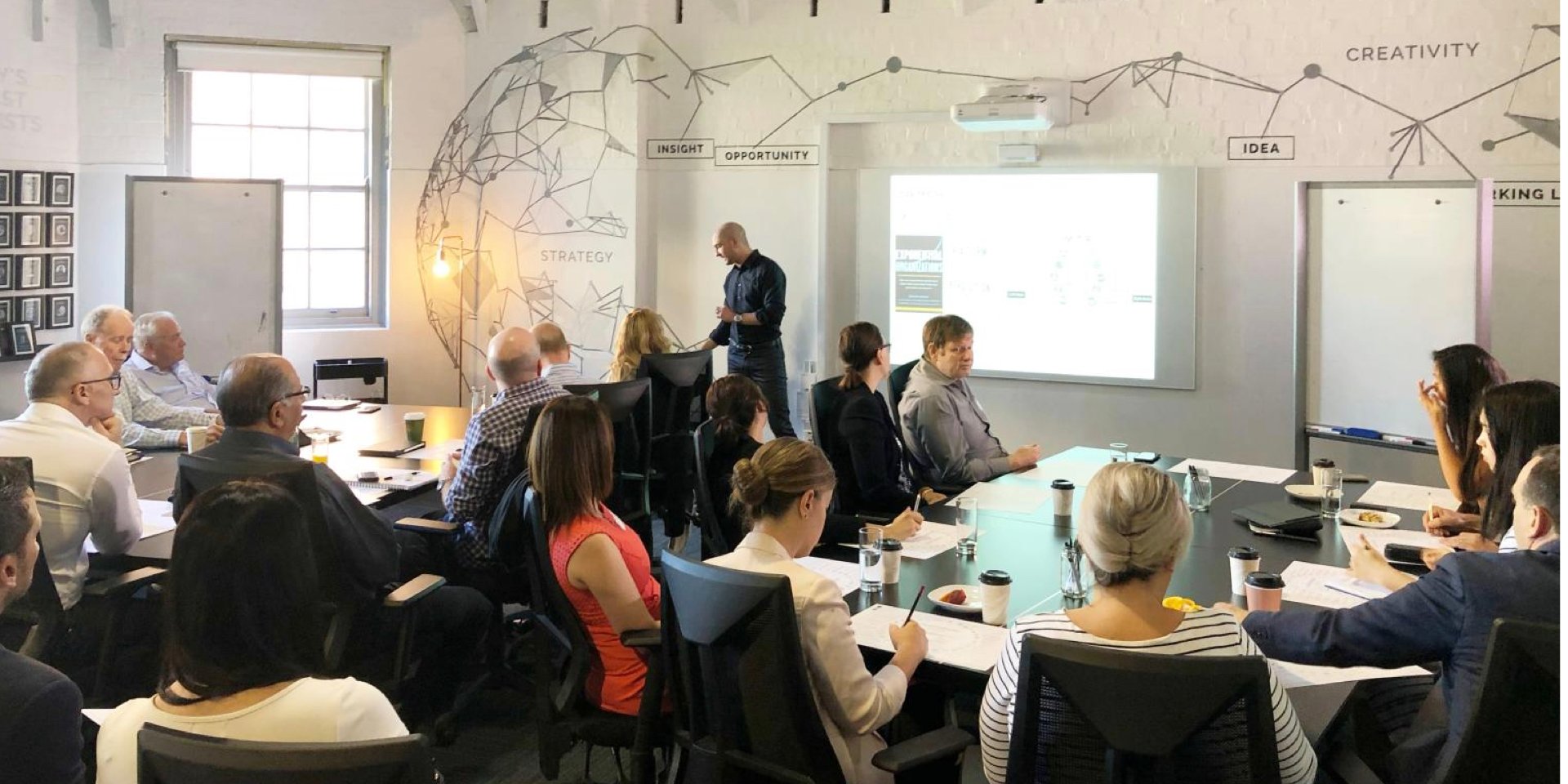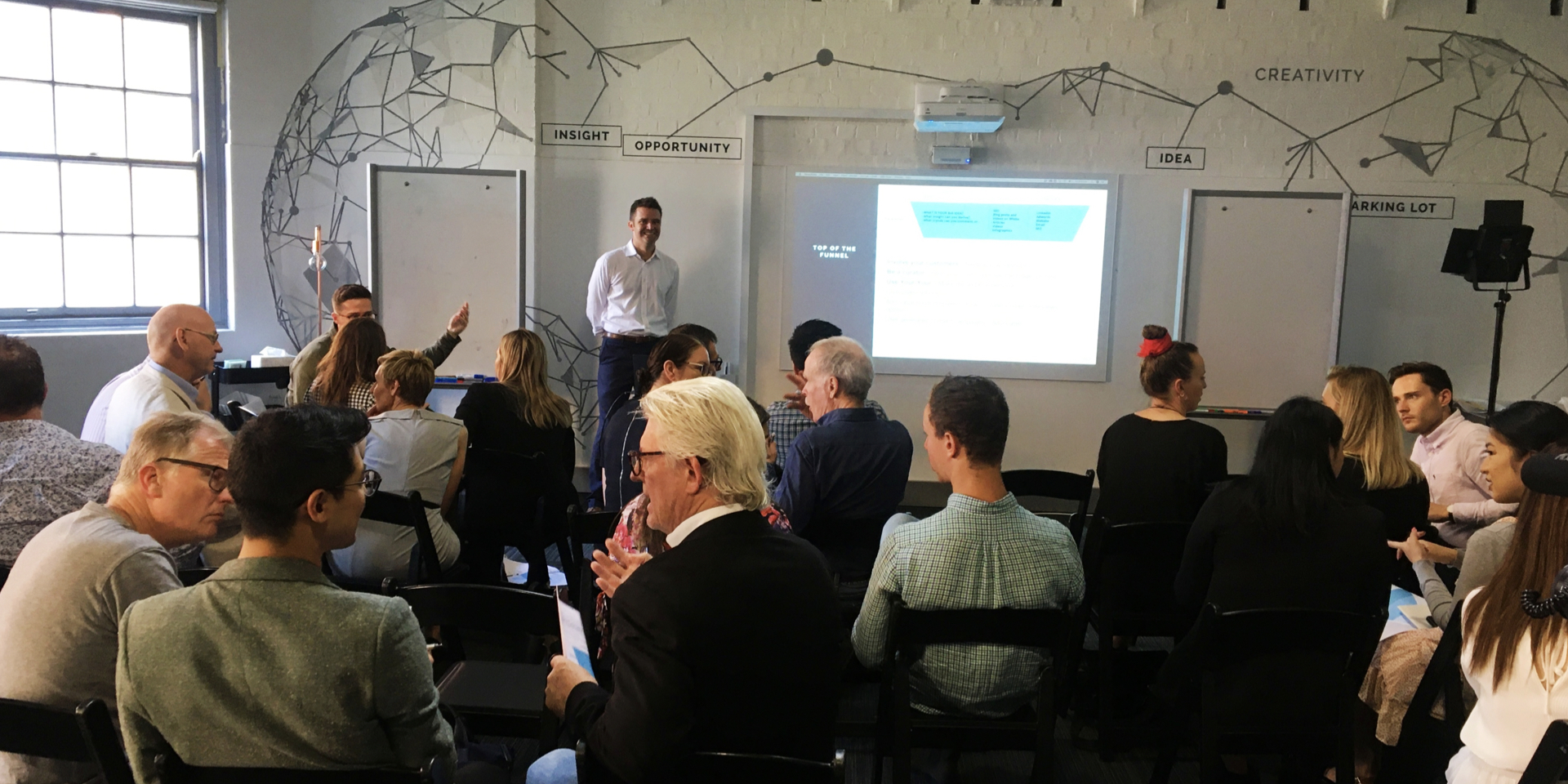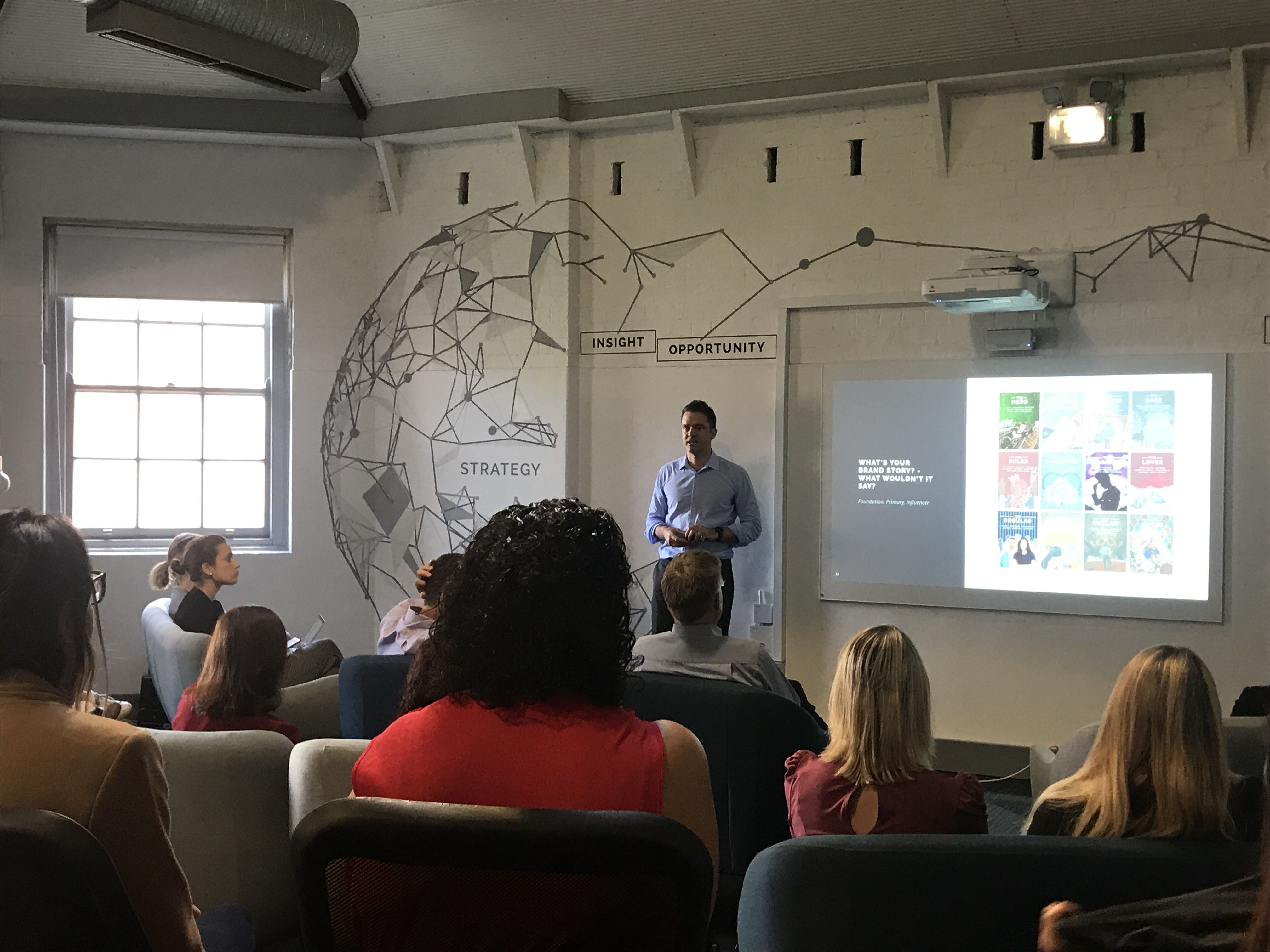“If I had an hour to solve a problem, I’d spend 55 minutes defining it, and 5 minutes solving it.”
— Albert Einstein
To the Moon (Almost)
“Houston, we have a problem.”
Jack Swigert uttered this iconic phrase in 1970 during the Apollo 13 moon flight. (Actually, the real phrase was more akin to: “Okay, Houston, we’ve had a problem here.” Hollywood blockbuster Apollo 13, however, simplified the phrase and made it famous.)
A major technical glitch had just happened on board the spacecraft (and by major, we mean a small explosion) resulting in the entire mission being aborted.
Thanks to the crew and the flight controllers’ ingenious problem solving under pressure — such as inventing new ways to power-up parts of the spacecraft that had shut down — they managed to re-enter earth’s atmosphere and land safely.

Image from NASA
Luckily, for the majority of us, solving life-or-death problems is a rarity.
Regular problem solving, though, is a regular occurrence. And when it comes to delivering effective solutions, many people fail.
The Problem with Problem Solving
People usually fail to solve problems effectively due to the illusion of explanatory depth.
Sounds fancy, huh?
It actually just means: thinking you know more than you actually do.
When people overestimate their knowledge, they can overlook critical elements of a problem, jump to conclusions, and present solutions that are only temporary.
For example, let’s look at Blockbuster, the (now extinct) video rental company. (Surely anyone born pre-1999 will fondly remember browsing shelf upon shelf of video tapes in their local store?)
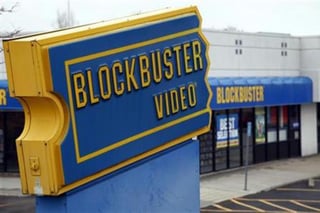
Image: International Business Times
In 2004, Blockbuster was the Goliath of the home entertainment industry with more than 9,000 stores, 60,000 employees, and revenue topping $5 billion.
When the David of the industry (Netflix) came nipping at Blockbuster’s heels, what did Blockbuster do?
They ignored it.
Blockbuster’s main problem was that their business model relied on people walking into their stores — and consumers’ demands were changing. Netflix began catering to those demands by offering entertainment that people could get without leaving the comfort of their couch.
And Blockbuster filed for bankruptcy in 2010.
Perhaps if Blockbuster’s executives had sat down in the early 2000s and done some serious problem solving, they might have gained a clearer view of the current situation and embraced their opportunity to purchase Netflix. (They had the opportunity to buy it for just $50 million.)
But they didn’t.

Image: slate.com
Their solution to the problem — to ignore it at first and then attempt to transform the inside of their stores rather than looking at the outside problem — was certainly tainted by their illusion of explanatory depth. They didn’t need to bother dissecting or analysing the problem; they were experts, after all.
Their overwhelming experience in the industry clouded their judgement and acted as a barrier to an effective bout of problem solving.
How to Solve Problems Effectively
In business, effective problem solving is crucial in maintaining constant growth and fluidity.
1. Collect multiple perspectives
It’s easy to be blinded by our own perceptions. Getting input from other people is the easiest way to look at a problem from a new angle. Others might see what you don’t and trigger a solution in your mind that wasn’t previously visible.
2. Reverse the problem
Flip it backwards. For example, instead of asking, “How can I increase my customer base?” ask, “How can I drive my customers away?”
The answers might help you reexamine your problem and come up with simple solutions that you wouldn’t otherwise have thought of. If one of your solutions for losing customers is “Give poor customer service,” you might suddenly take a fresh look at the customer service you’re already providing and realise there are holes in it.
Another example is a police sting. The problem of catching criminals is traditionally defined as, “Police are located at ‘A’, criminals are located at ‘B’. How can police successfully get from A to B?” Instead, in some police stings, the problem is reversed: “How do we make B come to A?” In some instances, criminals have been told they’ve won a prize. When they arrive to collect the nonexistent item, they’re arrested.
3. Break it down
The illusion of explanatory depth often causes someone to overlook important elements of a problem. Experts don’t need to examine problems carefully, right? Well, breaking problems down into smaller parts can reveal crucial facts that may have direct impact on whether or not a solution is successful in the long run.
4. Challenge assumptions
Every problem has a myriad of assumptions attached to it. Make a list, including the most obvious ones, and challenge them. This will deliver clarity to the problem and help you simplify it.
For example, if you’re trying to figure out how to drive more customers to your restaurant, start by examining obvious assumptions. “Patrons like to come in, sit down, and look at a menu. Wait — do they need a menu? What if they could request food some other way? Is the existence of a menu an assumption?” You might start looking at the problem with fresh eyes and think of new, left-of-field solutions.
Problem Solving in the Workplace
Incorporating a healthy approach to problem solving can be as easy as introducing it into your workplace value system. Make it visible and encourage staff to think about what it means to them.
At Step Change, problem solving is one of our core values, which are prominently displayed in the office:
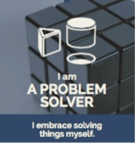
I am a problem solver. I embrace solving things myself.
Taking the initiative and actively working towards finding solutions are encouraged in every aspect of every day, on both an individual level and a company level.
By encouraging active problem solving in every team member, the whole company benefits.
A workplace problem often benefits the most from a workplace solution. That is, a solution created by a group of employees within the workplace, rather than just one or two people alone. If the group has agreed to a unanimous solution, then the likelihood of that solution being implemented successfully is stronger, because everyone’s on board.
Group problem solving can be facilitated by the following:
1. Encouraging open-minded brainstorming. Accept everyone’s input, including those people who may not be as knowledgeable about the subject as others.
2. Discussing contingencies (in case conditions change) and monitoring. Who will make sure the solution gets implemented correctly? Who will evaluate the solution’s success?
3. Documenting the agreed solution(s). Don’t rely on memory.
4. Organise a follow-up meeting with the same group several days or weeks later. Ask everyone for their perspective about the effectiveness of the problem-solving session. What worked and what didn’t? And what could be done differently next time?
Without an effective approach to problem solving, problems quietly grow, and success quickly falters.
Go on. Grab a bag of problem-solving hats — not regular, run-of-the-mill ones, but effectively innovative ones — and pass them around. You’ll thank yourself later.
Additional problems are the offspring of poor solutions.
— Mark Twain
Related topics:









![Top 10 Articles C-Suites Read in the Step Change Blog [2019 Edition]](https://blog.hellostepchange.com/hubfs/step-change-top-10-articles-2019.001.jpeg)
